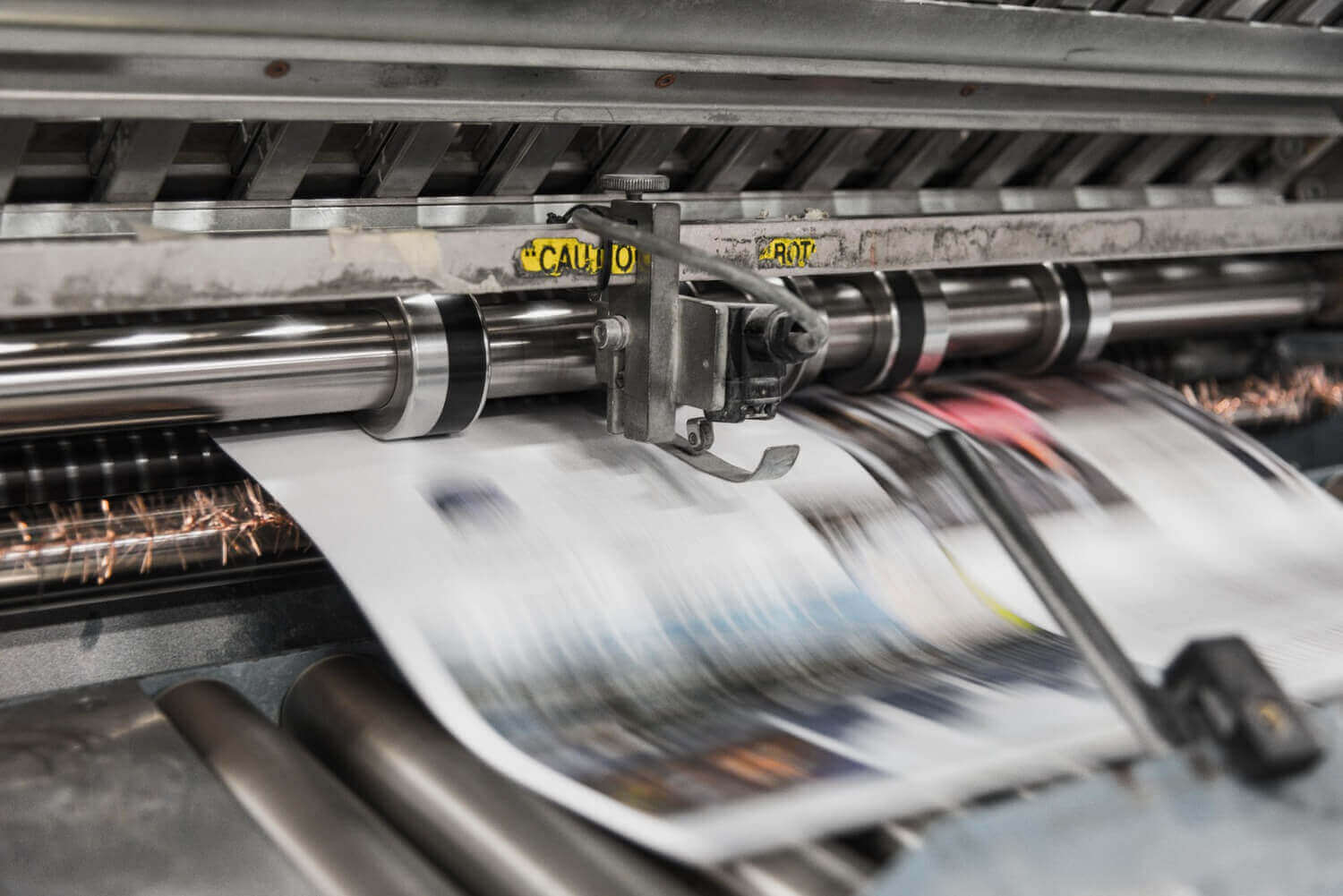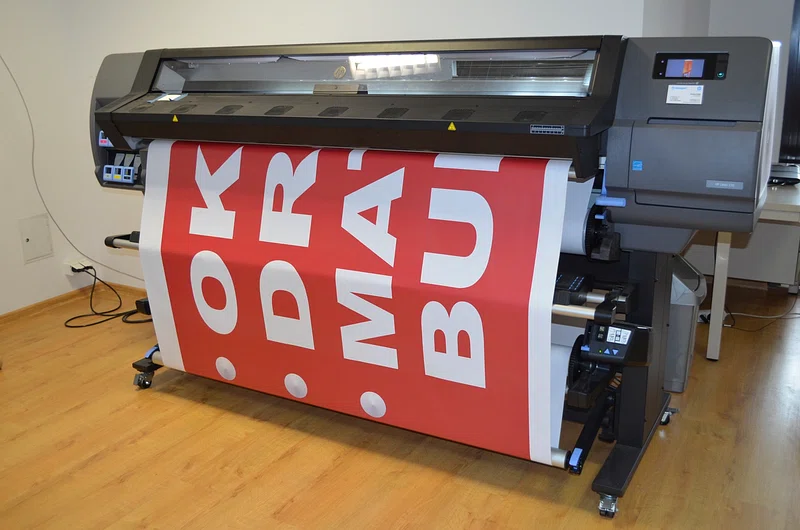There are numerous niche opportunities available in print on demand markets.
The Future of Marketing Materials: Developments in Digital Printing
As the advertising and marketing landscape constantly develops, digital printing is becoming a transformative pressure, poised to redefine traditional practices. The shift from standard to customized materials, driven by technological improvements, assures to revolutionize brand-consumer partnerships. Nevertheless, this shift is not without its intricacies and difficulties. It beckons an expedition right into the cost-effectiveness, sustainability, and total performance of electronic printing in contemporary advertising strategies.
The Shift From Conventional to Digital Printing in Marketing
As the world promptly transitioned right into the electronic age, the landscape of marketing experienced a significant change from conventional to electronic printing. This change was driven by a myriad of factors, consisting of the need for even more individualized, targeted advertising and marketing products, in addition to the demand for speed and efficiency in manufacturing. Conventional printing approaches, with their extensive turn-around times and limited customization options, were no more ample in the busy globe of electronic advertising and marketing. Digital printing emerged as a remarkable option, providing extraordinary levels of flexibility, rate, and customization. Its capacity to produce high-quality prints simply put durations, paired with its ability for on-demand printing, revolutionized the advertising and marketing sector, rendering standard methods out-of-date.
The Technical Advancements Driving Digital Printing Development
While the benefits of electronic printing have actually spurred its rapid fostering, it is the constant technological improvements that are really driving innovation in this field. Advancements in electronic innovation have made it feasible to publish with unparalleled precision and speed, transforming the manufacturing of advertising and marketing products. Developments in software application technology, such as the rise of cloud-based systems, have streamlined the design-to-print procedure, boosting effectiveness and lowering prices. In addition, developments in printer technology, especially the development of high-speed inkjet printers, have significantly minimized the time it takes to print big quantities of advertising and marketing materials. These technological advancements are not only enhancing the capabilities of digital printing but likewise improving the means companies approach their advertising and marketing methods.
The Impact of Digital Printing on Marketing Techniques
The introduction of electronic printing has significantly changed conventional advertising methods. This technology not just improves brand visibility in the digital world however additionally supplies economical options for services. The subsequent sections will certainly even more check out how electronic printing is transforming the marketing landscape.
Transforming Conventional Marketing Approaches
Digital printing has stormed onto the marketing scene, significantly shifting the trajectory of conventional strategies. Unlike standard printing, which requires bulk orders to be affordable, electronic printing enables for cost-efficient brief runs and fast turnarounds. The assimilation of QR codes and enhanced truth via electronic printing likewise offers an interactive experience, combining the physical and electronic worlds.

Enhancing Brand Name Presence Electronically
As marketing techniques rapidly progress, digital printing has emerged as a potent tool for improving brand name exposure. Digital printing allows for personalization, allowing brand names to tailor their advertising and marketing materials to specific consumer sectors. Digital printing is not simply a technical innovation, however a calculated opportunity for businesses aiming to maximize their brand's see here presence in the electronic age.
Cost-Efficiency of Digital Printing
Beyond improving brand name presence, electronic printing also considerably effects marketing techniques via its cost-efficiency. Unlike conventional printing methods that include countless steps and materials, electronic printing calls for less arrangement time and resources, resulting in a reduction in general expenses. It allows for on-demand printing, thereby eliminating the demand for mass orders, storage space, and waste from unsold materials. It offers the adaptability to tailor prints to details target market, decreasing prices related to squandered advertising and marketing. In addition, the high-quality result of digital printing enhances the charm of advertising and marketing materials, possibly increasing consumer conversion prices and sales. Hence, the cost-efficiency of electronic printing can considerably improve marketing techniques, adding to a more efficient and rewarding marketing project.
Cost-Effectiveness and Efficiency of Digital Printing
The innovations in electronic printing have not only revolutionized the market yet likewise produced substantial cost-effectiveness and effectiveness. print on demand. Lowered prices of production, enhancing company procedures, and description sustainability are crucial facets of this transformation. An exploration of these factors will supply a detailed understanding of the financial and operational advantages digital printing offers

Minimized Prices of Manufacturing
Significant developments in digital printing innovation have actually significantly lowered production prices, leading the method for a much more cost-effective and reliable procedure. Digital printing permits the manufacturing of small to medium print runs economically, eliminating the need for huge preliminary print quantities. Digital printing offers the benefit of on-demand printing, which lowers inventory prices.
Streamlining Company Procedures

Sustainability in Digital Printing
Including sustainability into organization practices has actually become increasingly important, and digital printing is no exception. With its cost-effectiveness and efficiency, digital printing offers a much more lasting remedy compared to standard approaches. It uses less energy, lowers waste, and reduces the carbon impact of printing operations. It also decreases the need for stock and storage, as printing can be done on-demand, thereby decreasing source use. Besides, digital printing enables making use of biodegradable inks and recycled products, adding to a circular economy. It's not just a matter of eco-friendly responsibility however also a critical action that can lead to considerable cost financial savings and performance improvements. In the future, the relevance of sustainability in digital printing is expected to grow even further.
Case Researches: Effective Application of Digital Printing in Marketing
Ever before asked yourself just how digital printing has dramatically transformed the landscape of advertising? An archetype is Coca-Cola's 'Share a Coke' project. To personalize their item, Coca-Cola executed digital printing to replace the conventional logo design with one of the most popular given names. This inventive marketing approach caused a significant sales increase. An additional instance is IKEA's use digital printing to create its popular magazines. print on demand. By utilizing variable data printing, IKEA had the ability to customize magazines based upon client choices, boosting client involvement and retention. Amazon's print-on-demand service is a Get More Info testimony to the success of electronic printing. It enables writers to publish publications as required, minimizing waste and costs. Unquestionably, these study demonstrate the transformative power of electronic printing in advertising and marketing.
The Prospects and Difficulties of Digital Printing in Future Advertising And Marketing
Showing on these cases, it becomes clear that the possibility of electronic printing in advertising and marketing is immense. While digital printing provides interesting potential customers for the future of advertising, these hurdles should be resolved. Stabilizing advancement with moral factors to consider will specify the path ahead for electronic printing in the advertising and marketing landscape.
Verdict
In conclusion, digital printing is reinventing the marketing landscape with its customizable and cost-efficient services. Technological innovations are fuelishing this change, enabling brands to connect on a much deeper degree with customers. Regardless of possible obstacles, the leads of digital printing are appealing, using environment-friendly methods and boosted customer involvement. As this evolution unfolds, it appears that digital printing is poised to redefine the future of advertising products.